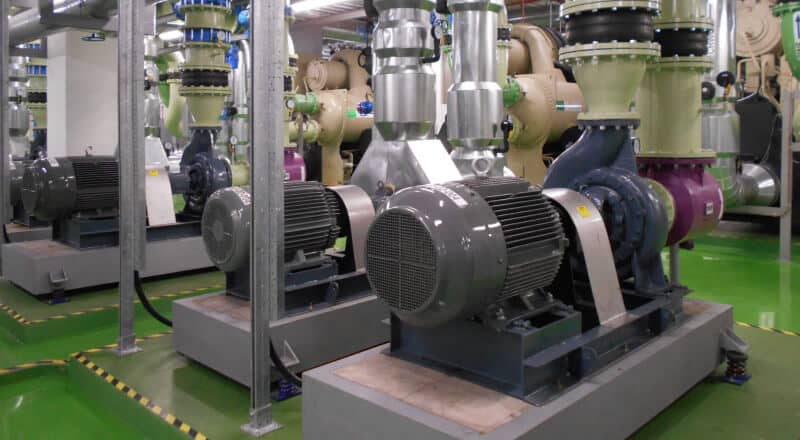The applications available for electric motors are near endless and range from industrial and commercial, to residential, agricultural and transportation. It’s no wonder electric motor systems are estimated to account for more than 40% of global electricity consumption. The electric motor market is witnessing a major change, as energy-efficiency policies, rising electricity costs and a more globalized market drive the growth of energy-efficient electric motor technology.
Increases in electric motor energy efficiency can be attributed to a number of factors, including improved manufacturing techniques, superior materials, design, longer bearing lives, lower waste heat output and less vibration, all of which increase reliability. Here are a few technologies ear-marked for continued growth within the electric-motor market:
Permanent Magnet Motors
Permanent Magnet Synchronous Motors (PM) use powerful permanent magnets which offer efficiency gains over more traditional induction motors. Whilst still using copper in its operation, the permanent magnet motor is more power dense and are often manufactured in the same frame sizes as AC induction motors, so as to make retrofitting easier. Permanent magnet motors drive both hybrid and full electric vehicles. Furthermore, they are starting to be incorporated into compressors and other products that operate at high speeds without needing inefficient speed increasing gearing.
Switched Reluctance Motors
Switched reluctance motors (SRM) are a brushless DC electric motor that provides continuous torque. When a variable speed is required, particularly in industrial applications– SRMs are a viable replacement and improvement on induction motors. Copper is a key material used in SRMs, as it offers less electrical resistance than alternatives such as aluminium. Less resistance translates to less waste heat, a lower operating temperature and improved energy efficiency.
Copper Rotor Motors
Copper Rotor Motors (CRMs) meet the low voltage motor market demand for greater energy efficiency. CRMs apply new copper rotor technology whilst retaining the same footprint as the traditional aluminium rotor design – making retrofit viable. CRMs offer increased horsepower in a compact size with precision balance. And whilst the initial cost may be higher, they are characterized by their lower maintenance costs, lower vibration and higher reliability.
Hunstable Electric Turbine
The patented Hunstable Electric Turbine (HET) motor is an exterior permanent magnet circumferential flux 4 rotor machine (try say that three times fast!) and boasts key technical innovations including the number of rotors and the magnetic structure of the motor case, which creates a magnetic torque tunnel. The HET motor’s simplicity saves on weight and removes the need for reduction gears. Whilst HET motor technology is still very much in it’s infancy, the technology manufacturer Linear Labs states that it provides up to 3x the torque and power density compared to any induction, permanent magnet or axial flux motor design. It also uses up to 30% less copper and no rare earth materials, making their production less reliant on imported materials and supply and demand issues.
The benefits of energy-efficient electric motors
Improved energy efficiency means that an organization can achieve the same level of productivity with less inputs (energy consumption and financial costs such as carbon taxes). There are also the environmental benefits (lower emissions) and the long-term cost savings for end consumer’s over the life-cycle of their equipment or appliance.
So why aren’t these more efficient models the norm?
One of the main barriers to widespread adoption is the higher initial cost for energy efficient motors. Old electric motors can be rewound or rebuilt – but greater efficiencies will never be gained. Minimum energy performance standards (MEPS) will gradually phase out the least efficient motor classes.
Edington Agencies partner with leading brands so as to be your go-to electric motor supplier. To chat with an expert about your electric motor requirements, give us a call on 07 3397 4575.
References:
Waide, P. and C. Brunner (2011), “Energy-Efficiency Policy Opportunities for Electric Motor-Driven Systems”, IEA Energy Papers, No. 2011/07, OECD Publishing, Paris. https://doi.org/10.1787/5kgg52gb9gjd-en.
Energy Efficient Motors. https://www.ctc-n.org/technologies/energy-efficient-motors
Emerging Motor Technologies. https://www.copper.org/environment/sustainable-energy/electric-motors/case-studies/a6154-motor-technologies.html
Linear Labs HET motor. https://linearlabsinc.com/


